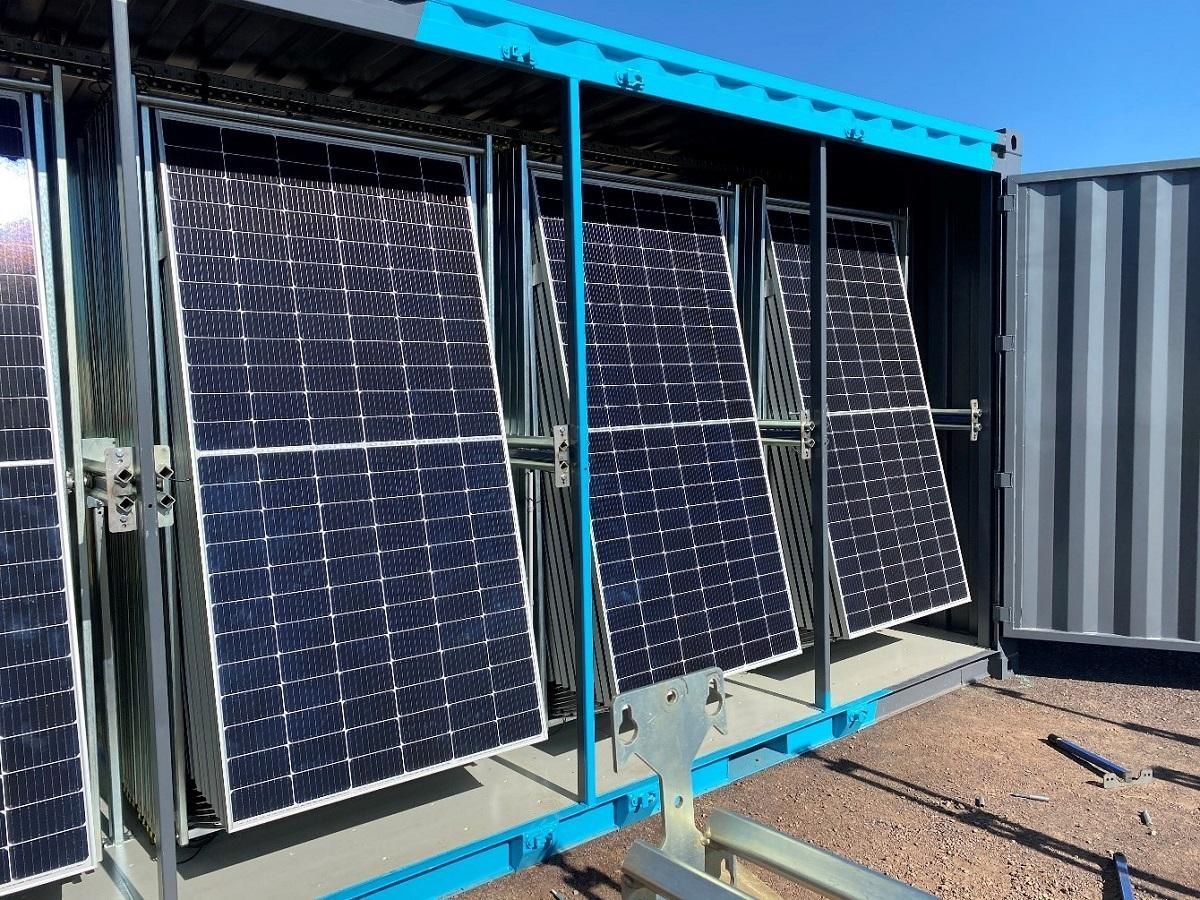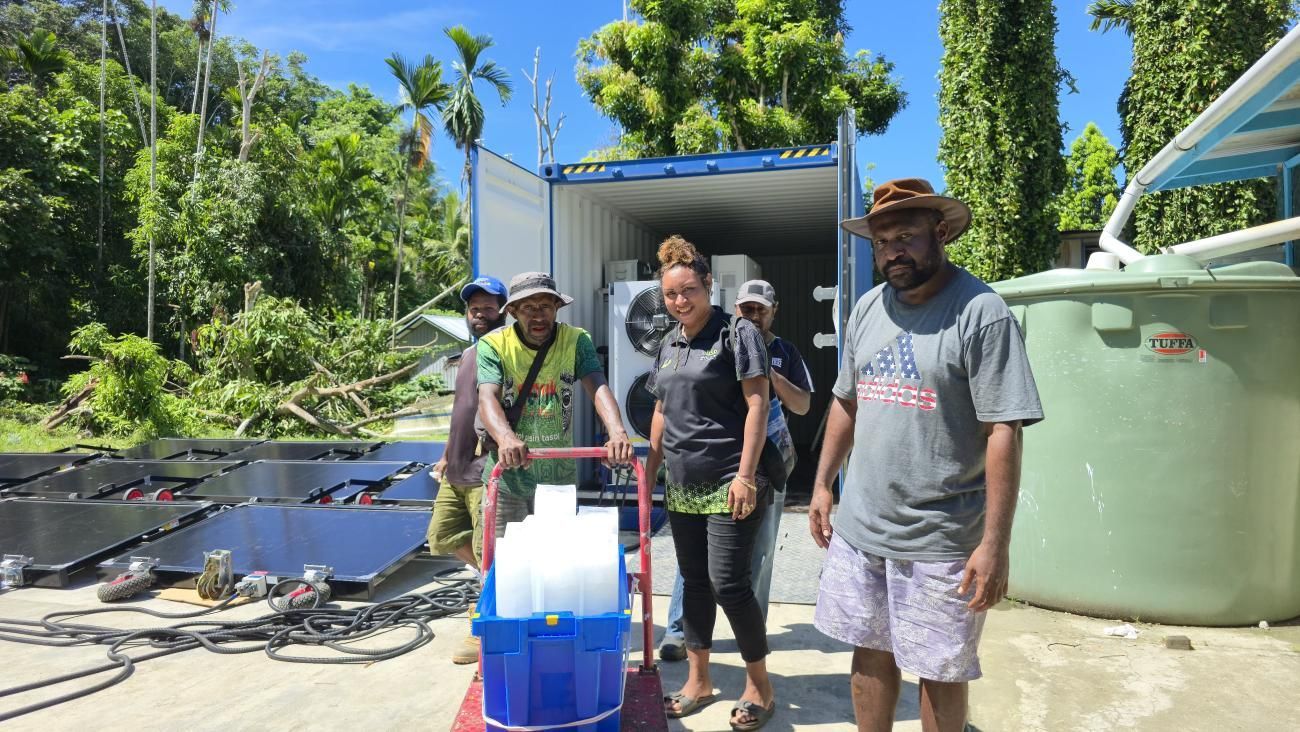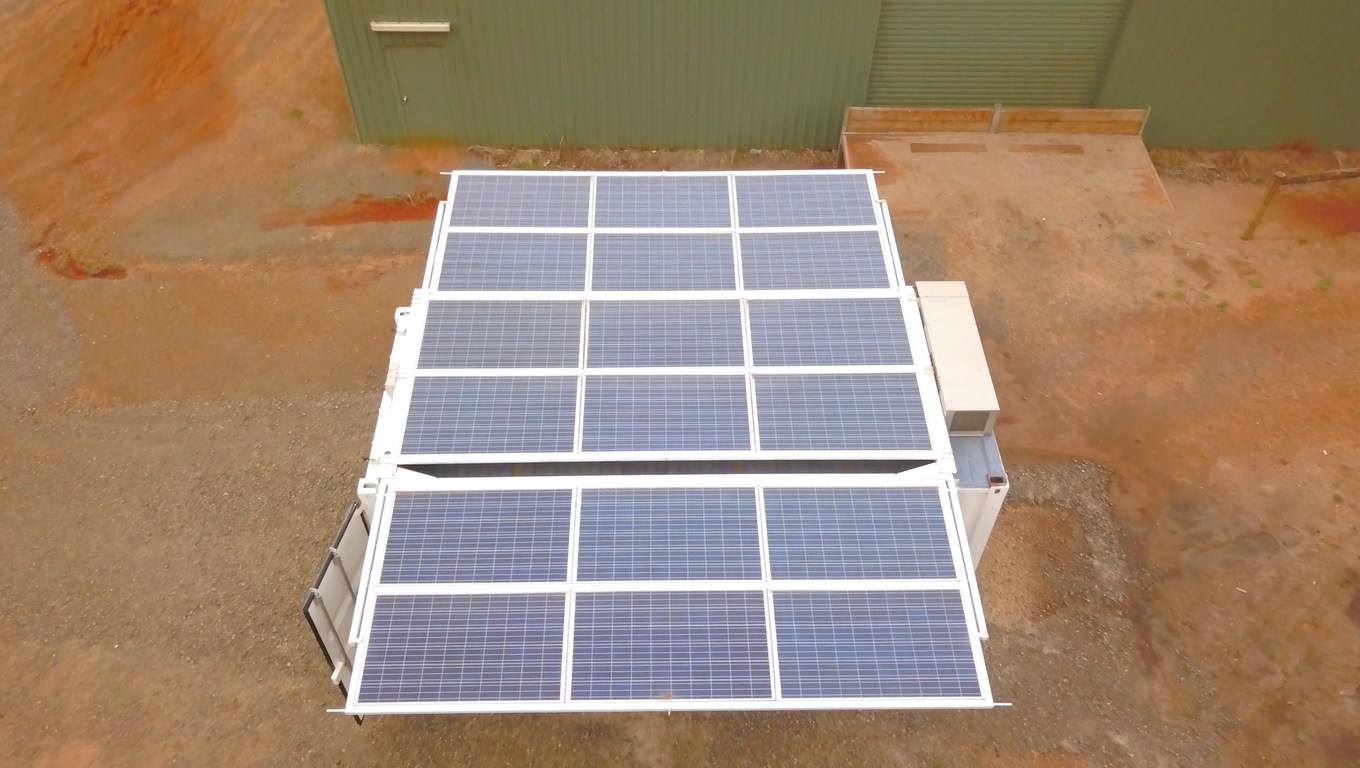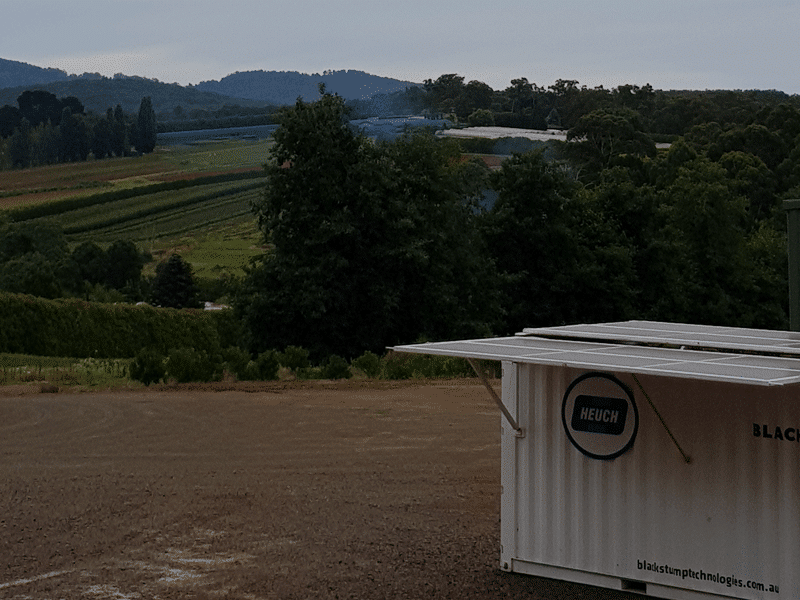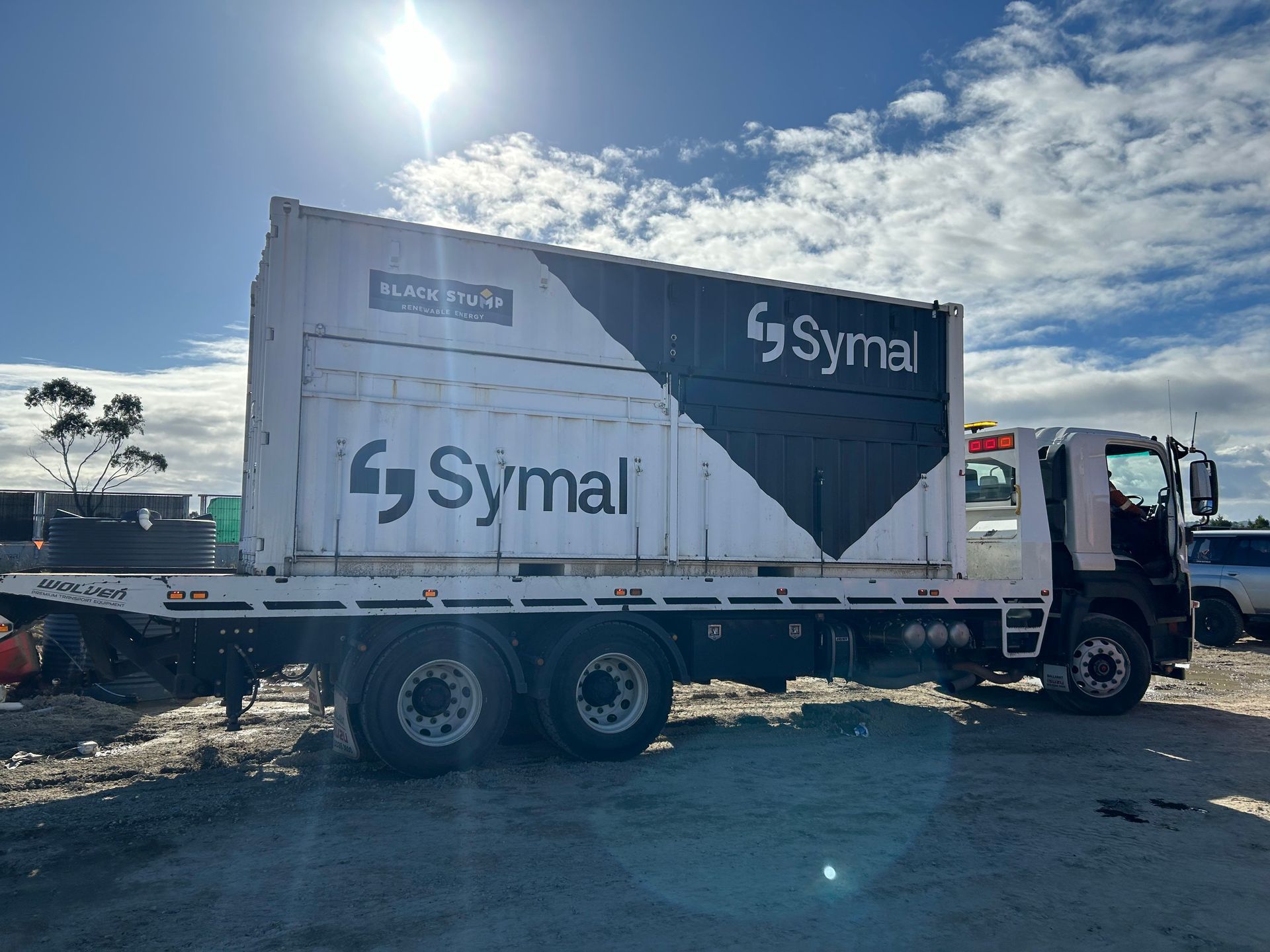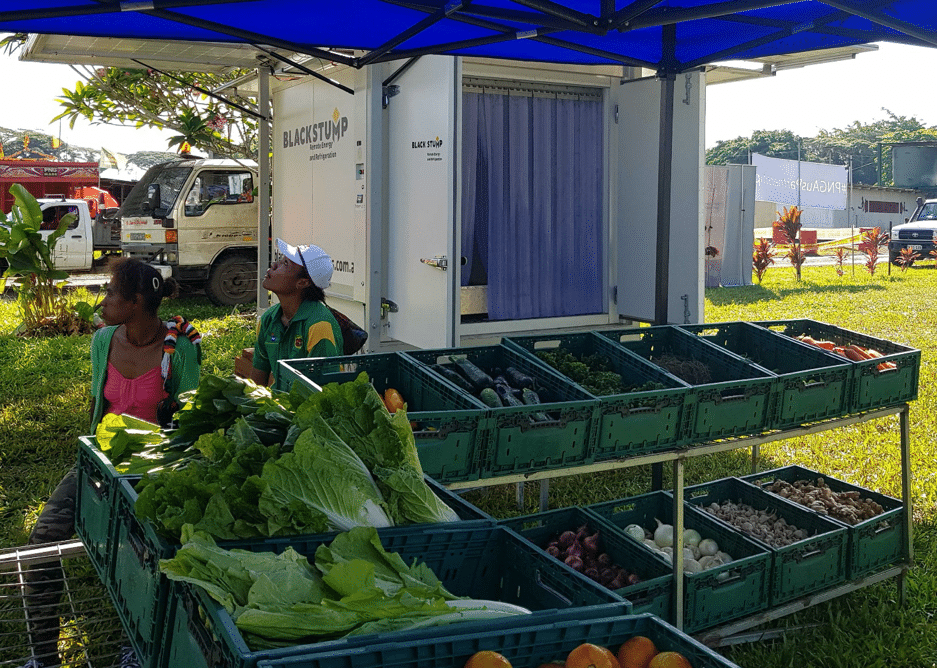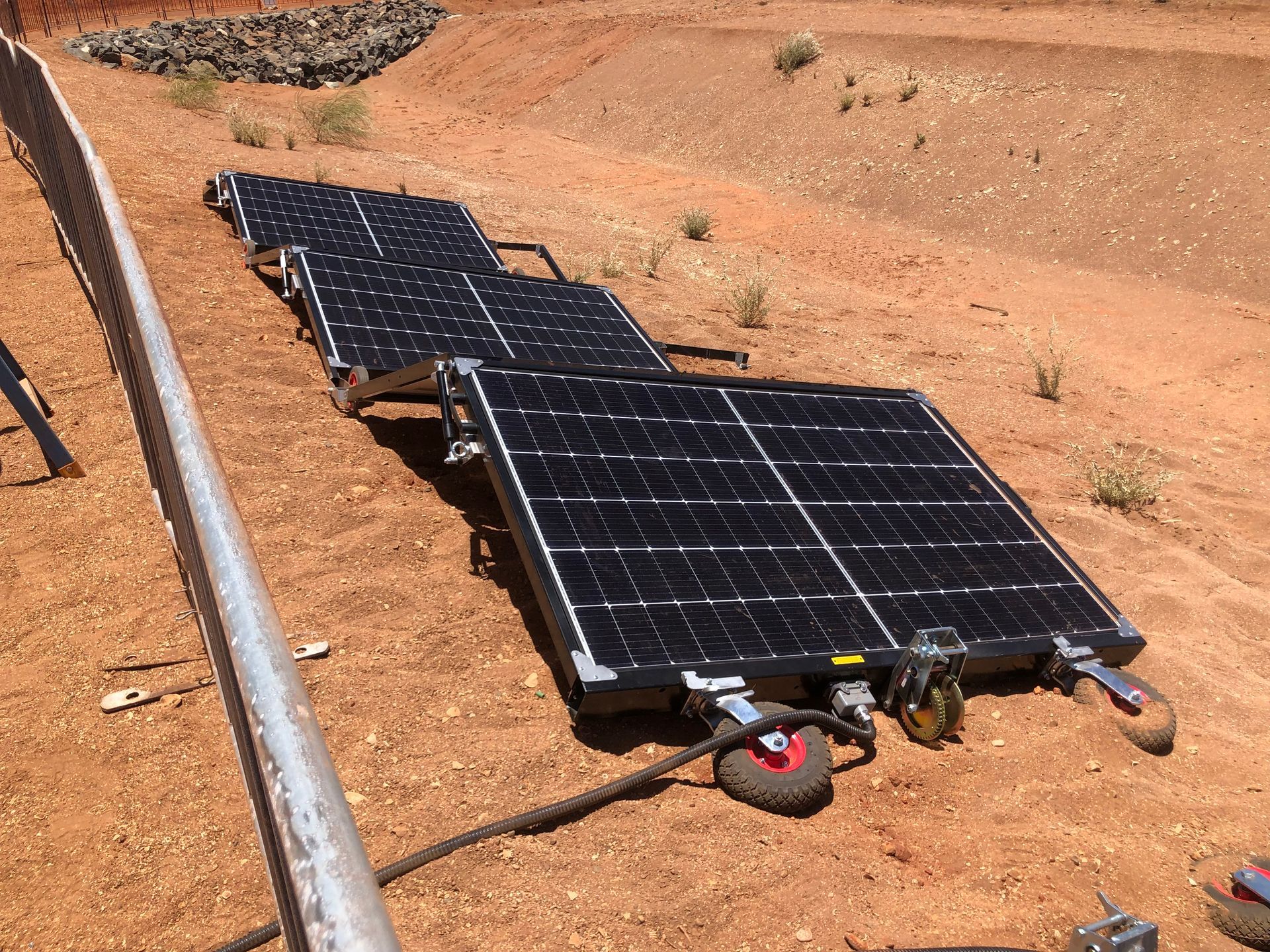Why solar beats subsidies in commercial energy
In Australia’s commercial and industrial sectors, the decision to invest in solar energy today is increasingly about reliability and cost-certainty, not just subsidies.
While government incentives such as the Small‑scale Renewable Energy Scheme (SRES) provide upfront cost reductions for businesses installing solar and battery systems, there is a clear business case emerging where dependable renewable generation delivers better returns than relying solely on temporary financial incentives.
Beyond the Subsidy
Subsidies reduce upfront costs — the Australian Government’s SRES allows businesses to assign Small-scale Technology Certificates (STCs) to installers, effectively lowering system cost. But subsidies won’t cover the long-term variables: fuel price volatility, maintenance logistics, grid-connection risks, and regulatory uncertainty. Businesses whose operations depend on consistent power supply have realised that system reliability is a strategic asset.
For example, off-grid or remote commercial sites operated by industry have found that solar-plus-battery systems deliver higher uptime and lower risk compared with ageing diesel generators or distant grid connections.
Reliability in Practice
At Black Stump Technologies, our mobile, modular, and rapidly deployable Solarator® is designed precisely for this reliability-first mindset.
By delivering a stand-alone solar + battery solution that can replace or supplement fuel-reliant generators, we enable businesses to lock in predictable energy costs and reduce downtime risk. The system is engineered for remote, hard-to-serve sites where grid reliability may be weak and fuel logistics burdensome.
When constant uptime is mission-critical – say for a remote cold-chain installation, mining camp or agricultural processing site – the value of a proven, autonomous system can outweigh even generous subsidy offers.
Strategic Decision-Making
For commercial buyers weighing subsidies, the sharper focus should be: “Can the system guarantee performance and protect operations?” Ask: What is the avoided risk cost? How volatile is the fuel/maintenance chain? What level of autonomy does the system truly provide?
In summary: solar isn’t just about the cheapest upfront cost today — it’s about locking in certainty tomorrow. For businesses needing dependable power, the strategic value of reliability can exceed the attraction of subsidy.


